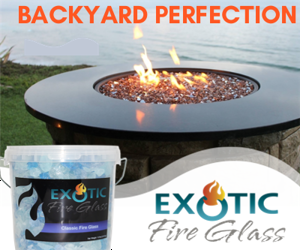Aquarium pebbles are the most common aquarium substrates over all kinds of fish tank stones and sand. This is not only for decorating your fish tank, but there are sundry bio-chemical properties in gravels, that help filtrate your aquarium, and provide nutrients to the fish and other inhabitants. The right use of gravels is an important element in fish keeping. Any fish gravel will not be suitable to all animals, plants, and the type of water. Here is a guideline of using appropriate aquarium glass.
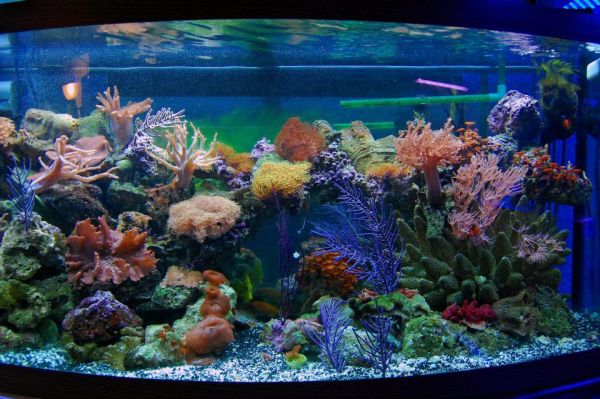
Aquarium pebbles are not an absolute necessity, but they are highly recommended for the betterment of the fish and marine animals you are keeping.
ing for hobby. As these animals are spending the rest of their lives away from their natural habitat, the right arrangement of aquarium substrates will at least supply them some essential minerals and biochemical that keep the organisms healthy and help them live longer.
While the aesthetes of your aquarium is entirely a personal choice, creating the appropriate habitat for your aquatic animals is specific to biological needs of the organisms and their reception to the environment you have created for them. The size, color and the build of the aquarium pebbles applies in making or disturbing a comfortable and sustainable fish habitat under an aquarium. For the betterment of your fish, it is best to have some live plants and microorganisms and infusoria in your aquarium, and the pebbles should be complying with the plants and microorganisms too. The more accurate and comfortable the fish habitat you can create, the healthier and longer your fish will live.
Choice Of Aquarium Glass Depends On Whether Your Aquarium Has Salt Water Or Freshwater
There are some fundamental factors for choosing appropriate aquarium gravel, the most important factor is to judge by the water of your aquarium whether it is fresh water or salt water. Subsequently, ensure that the type of water is in adherence with the salinity tolerance and natural habitat of your aquatic animals, unless they are euryhaline. There are many saltwater and freshwater variants of certain species, like stingray.
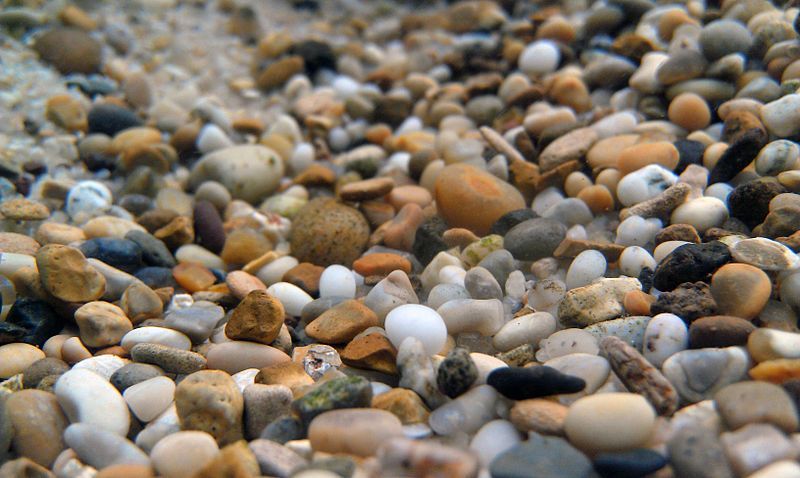 Aquarium Gravel is a substantial choice of substrate for both salt water and freshwater aquariums that plays a pivotal role in nitrogen cycle, and help filtrate ammonia build up, work up as a substantial soil to flourish aquatic plants that can purify and promote oxygen and essential minerals in the water. The difference of water has different chemical reactions to certain gravel like hardness of water and pH buffer.
Aquarium Gravel is a substantial choice of substrate for both salt water and freshwater aquariums that plays a pivotal role in nitrogen cycle, and help filtrate ammonia build up, work up as a substantial soil to flourish aquatic plants that can purify and promote oxygen and essential minerals in the water. The difference of water has different chemical reactions to certain gravel like hardness of water and pH buffer.
Freshwater aquariums are the most common choice of fish keeping for hobby. There is a wider availability of freshwater fish, which can even be found on small, local pet shops, fish like, goldfish, angelfish and guppies. Whether you want to create a community tank, or raise a single species, you are going to need the appropriate freshwater aquarium pebbles to create a proper habitat for your freshwater aquatic animals. Freshwater aquarium gravel come in a variety of size and colors and reactivity to freshwater. You can choose between hobby glass, aquarium pebbles, sand gravels, crushed coral, and many more materials. It is best to choose blunt edged gravel over pointy and coarse ones, to ensure better safety for your aquatic pets. Freshwater aquariums are easier to find than saltwater gravels.
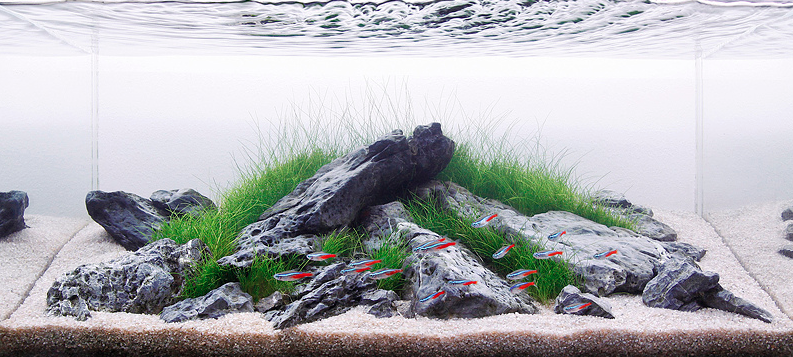
Saltwater aquarium gravel on the other hand, have fewer varieties in comparison to freshwater tank fish stones. Marine animals usually have very specific biological requirements and are more expensive to maintain. The choices include aragonite, shell and calcium based gravels. You are limited to use the neon pinks and green options regarding color, as hobby glass, aquarium pebbles and colored aquarium stones cannot be dyed, therefore cannot be used in saltwater tanks.
Research is the best resort to find out the specific needs of the kind of fish or any other aquatic animal that you are having, in order to create the most sustainable home for them.
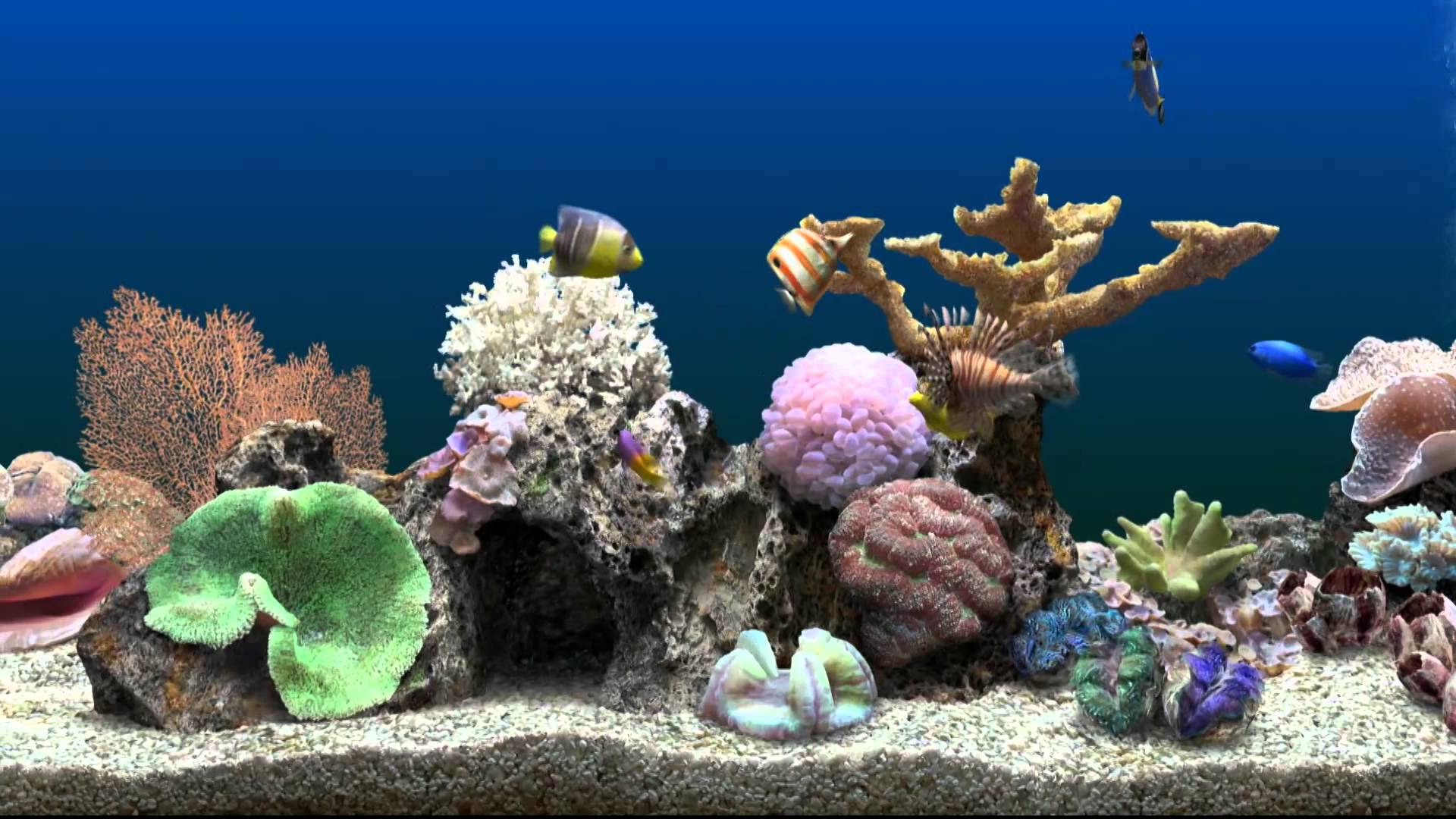
Choosing The Right Size of your Colored Aquarium Gravel
Natural colored aquarium gravel is the most common choice for fish hobbyists, while few others have a penchant for fluorescent and neon color aquarium pebbles, or fish tank stones, that are apparently unnatural looking, and something that the fish has never seen in their natural habitat. However, that is usually not going to make a huge difference, as many freshwater fish either cannot distinguish, or are very adaptable to funky bold or bright colored aquarium gravel and will be happy as long as they have a gravel bed to dig and have clean water, with sufficient food and oxygen supply. However, some fish can indeed be stressed out with the bold and bright colored aquarium gravel and their light reflection. Many aquarists have noticed that the variations of colored aquarium stones affects the color of the fish’s skin, and even a shorter life span than usual. So this doesn’t happen yo your fish tank, we suggest using the jade General people can hardly tell by looking whether their fish is stressed or happy. If you prefer neon and bright colored aquarium gravel, that are presumably unnatural, then ensure to take care of the maintenance of your colored aquarium gravel and fish.
As it comes to size, the choice is between large, small, and fine colored aquarium gravel. Large particles allow a greater range of sedimentation of biological wastes and leftover food particles to pass through its gaps. This can lead to toxin build up and have the potential of inflicting infection and disease in the aquatic animals and create an unsafe environment, thus also require frequent cleaning. However, as one of the pros, large colored aquarium gravels can offer a substantial scope of protection for the fish eggs and fry, as it falls under the gravel gaps and stay out of reach of the adult fish that like to eat them. It works the same way for infusoria, so there is ample chance for eggs and fry to flourish under large colored aquarium gravel.
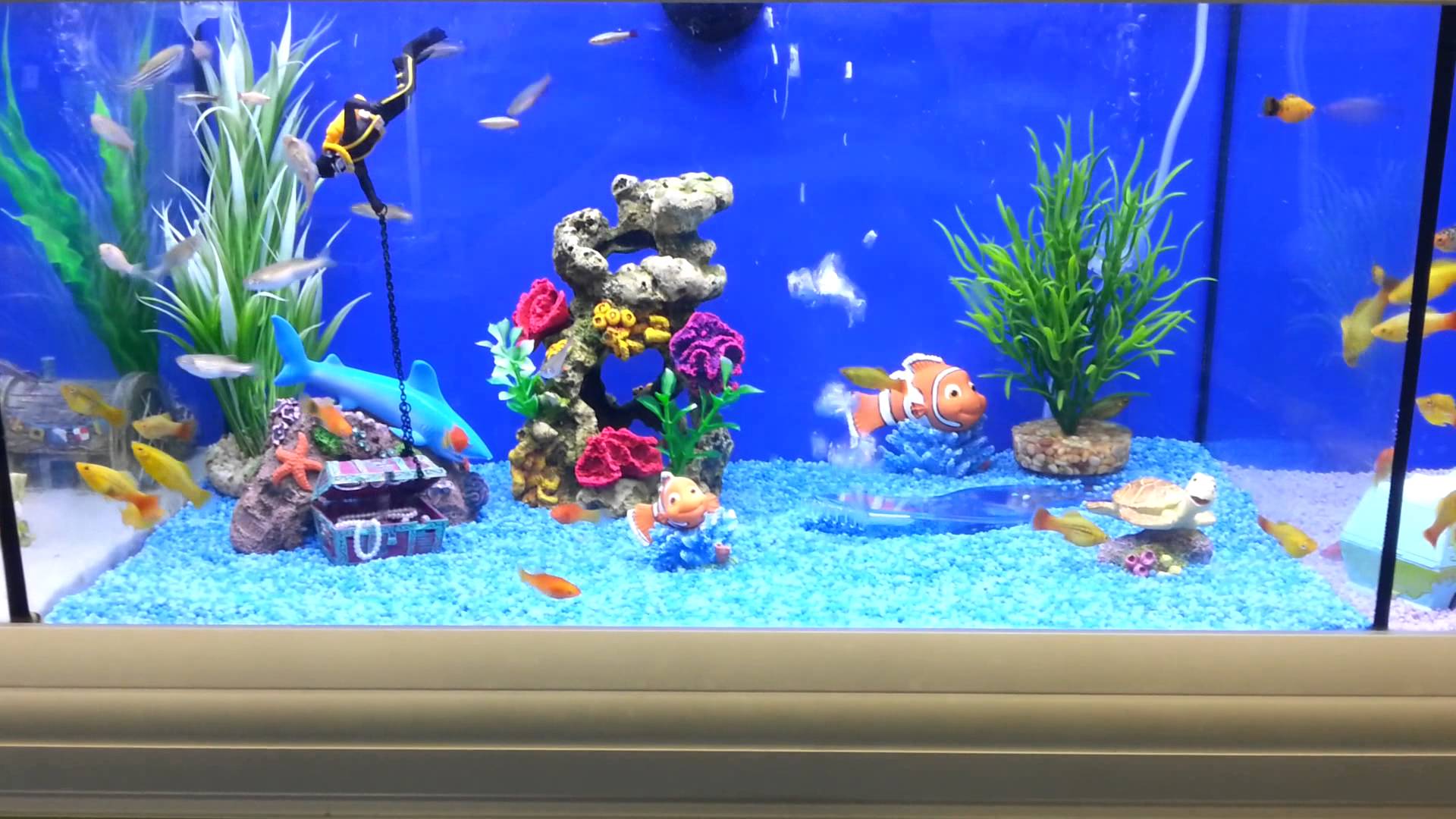
Small size aquarium pebbles are the most substantial choice for accommodating most of the fish’s natural behavior, like digging, burrowing, or scooping. However, fine particles like sand gravels can cause irritations to the fish as well as cleaned up with the waste materials through a vacuum and thus soon reduce in quantity needing replacement. It can also clog the supply of sufficient oxygen, for having little gaps and being compact in nature. The lack of oxygen can cause the build up of hydrogen sulphide, which is a highly toxic chemical for the fish, and lead to infectious disease and even death.
Hence, as a fish hobbyist, it is very important to do ample research before mixing and matching your colored aquarium gravel.
Bulk Aquarium Gravel: How much do I need?
When you have decided on the size, color, and nature of the fish tank rocks as the appropriate for your aquarium, it is time to determine if you should buy bulk aquarium gravel.
The easiest proportion of aquarium substrate goes for an approximate 1 ½ “ to 2” in depth for the best benefit of the aquarium inhabitants. However, since aquarium sizes, shapes vary so much, this cannot be an accurate measurement.
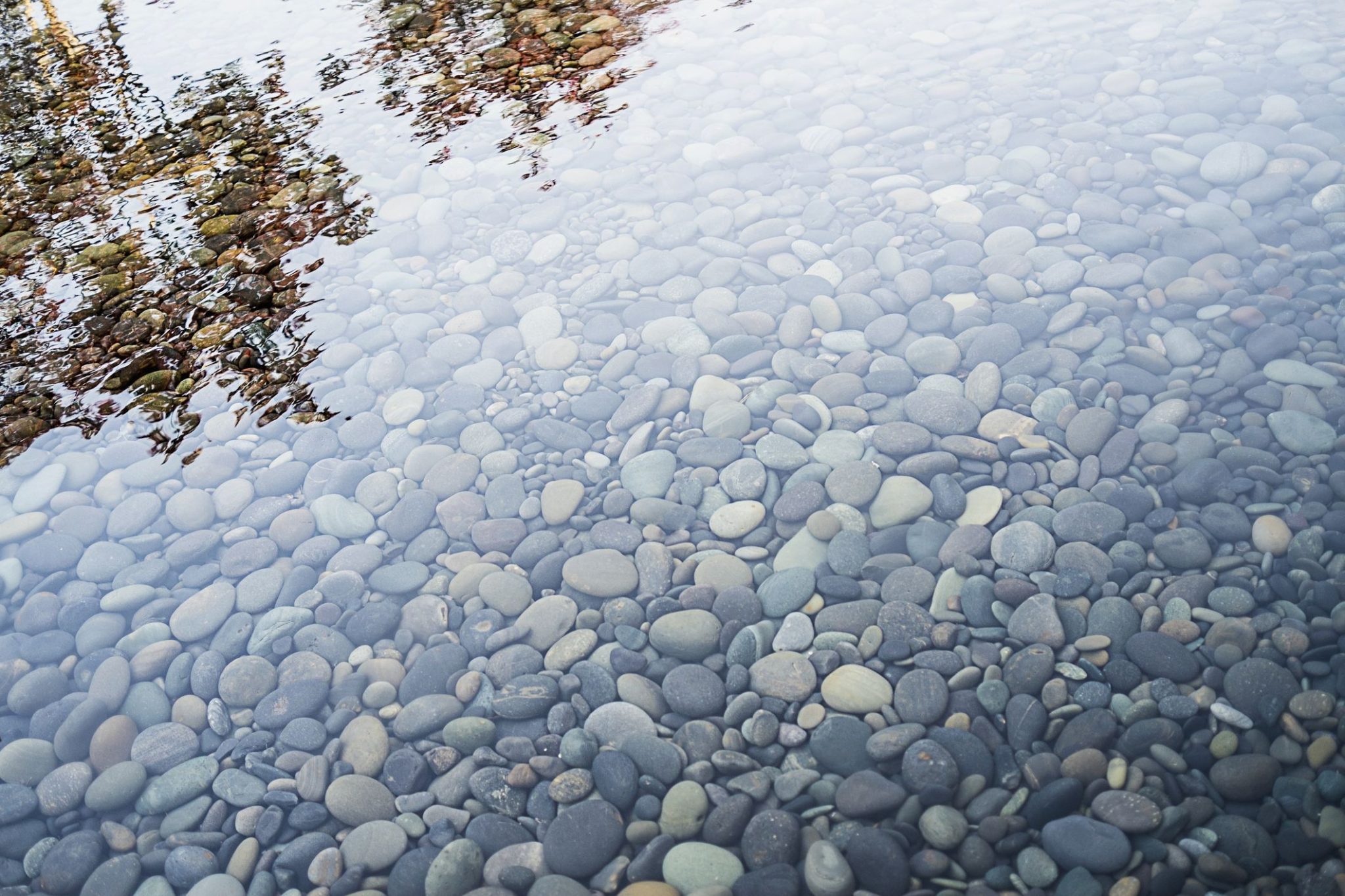
The amount of bulk aquarium gravel depends on the size and shape of your fish tank as well as the optimum depth of the substrate bed that is best for the aquarium set up you are going to have. The amount of substrate also depends on whether you are having a fish only aquarium or have live plants, or live rocks in there as well. If you have live plants, having just fish tank rocks will not suffice, you are going to need some nutritional substrate dust to support the root system and allow sufficient nutrients for the plants to flourish.
Ideally, consider about 1lbs of aquarium pebbles per gallon of water. Ideally adjust the amount as per the size of the fish tank rocks, compared to their weight and build. Once you know how big your fish tank is, you can make an educated mathematical prediction if you need to buy bulk aquarium gravel or just a few bags.
Fish Tank Rocks Helps to Sustain Bacteria Levels and acts as a Natural Filter
Fish Tank Rocks play a pivotal role in flourishing certain beneficial bacteria, that colonizes in your aquarium and help filtrate the waste particles, leftover food, plant debris etc. Other than the gravel, there may not be a more comfortable environment. The aquarium pebbles bed provides as the next best thing to a natural habitat for these bacteria and it may not grow in sufficient quantities in other substrates.
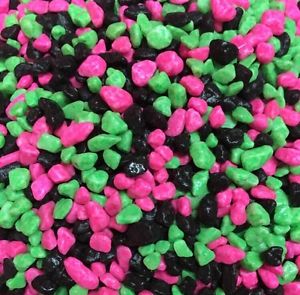
Fish tank rocks not only supports for the wellbeing of animals in a fish tank, it is also needed to nurture the live plants that are equally essential to create a natural habitat, mainly for supplying oxygen and allowing an ambush for the fish to play around. There are certain live plants that grow nicely on all kinds of fish tank rocks, but some have specified needs, especially marine or saltwater plants. Either way, ensure that the plants you choose for your fish tank is suitable for its inhabitants and are well rooted to the gravel base.
Effects Of Specific Fish Gravel On Fish As Well As Live Plants
Whether you are having saltwater fish or freshwater fish, the choice of appropriate fish gravel has a lot to do with natural behavior and orientation of your fish. Even though you have taken care of all the size, color, material, and chemical reactivity compliance of your fish tank stones, it is recommended that you research about the species of animals you have kept. Quality of life is equally applicable for aquatic animals as humans, and it is not always about the chemicals compounds, psychological wellbeing is equally important. Fish behavior, includes hiding in the substrate, digging and scooping the substrate, and scavenging the substrate. All kinds of fish are receptive to fish gravel, and do sundry activities surrounding them. Consider blunt edged aquarium pebbles, for safety from scratching. Try to stick to similar behavioral species, when raising a fish community. If one species flourishes in an environment with large fish tank rocks and other is most suitable for fine-grained fish gravel, then you are likely to experience some large-scale compromise that can even shorten the life span of your animals.
Fish that like to scavenge the water floor; can find it hard to reach out to the leftover food through large sized and heavy weight gravels, on the other hand fine particles like sand can get lodged in their mouth and cause irritation while sifting. So the size suitability has got a lot to do with the fish behavior.
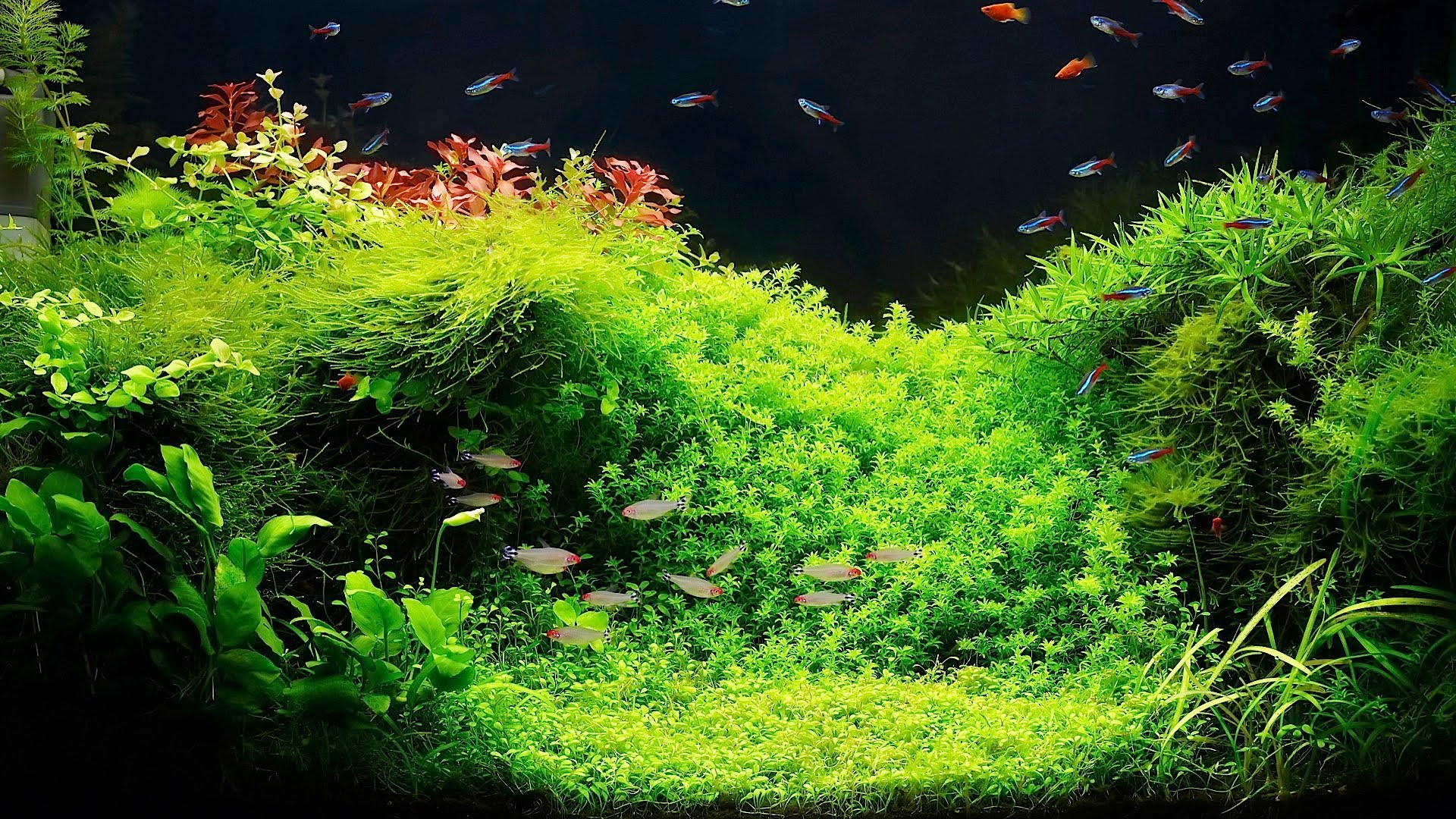
Live plants have are another element in your aquarium that caters to the well being of the aquarium inhabitants. Especially, for playful and highly active fish, you are going to need some live plants. Hobby glass, marbles, Plastic toys are fun thing to look at, but only for the people, and plastic does not release any oxygen, so live plants are always a fairer option for fish keeping. While the aquarium pebbles can be an ample support to hold the delicate roots, these plants need a whole lot of nutrients to thrive. To sustain the live plants you are going to need some nutritional dust substrate. Hence, you should have 2 layers of substrates in your aquarium, with proportionate portions of a nutrient enriched dust at the bottom layer, and then overlay the larger and heavier fish gravel to protect the dust from a total washout while the vacuuming.
Large aquatic animals will also produce a larger amount of waste, that makes the cleaning and maintaining your aquarium a big task. Hobby glass marbles, or pebbles are easy to clean while small aquarium gravels and sand can be very problematic, especially since they get stuck to the vacuum. Before you buy fish tank rocks as per the behavior of your fish, also ensure that they adhere to your convenience of cleaning and maintaining them.
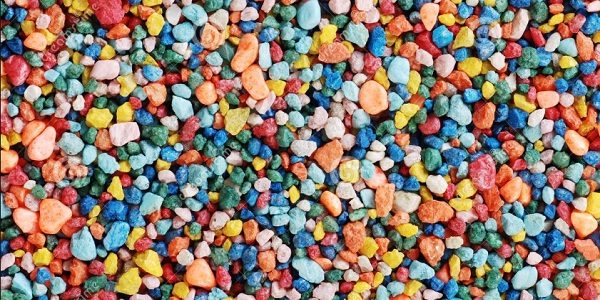
Fish Tank Gravel Maintenance
Since fish tank gravel works as a filter for aquariums, it tends to accumulate waste and debris, that requires a religious weekly cleanup, along with the water change. The best tool to clean aquarium pebbles is a gravel vacuum. You will get a wide variety of size and features in these vacuums, including detachable extenders that can reach out to difficult areas, corners and even below the gravel and between the plants. And you need not relocate your fish.
Select a fish tank gravel that is proportional to the size of your aquarium and to the amount of open space in your tank. If your tank is densely planted or heavily decorated, you may need a gravel vacuum with a narrow mouth to avoid disturbing plants and decorations while cleaning the substrate. If you have a great deal of open space in your tank it will definitely save you a lot of time.
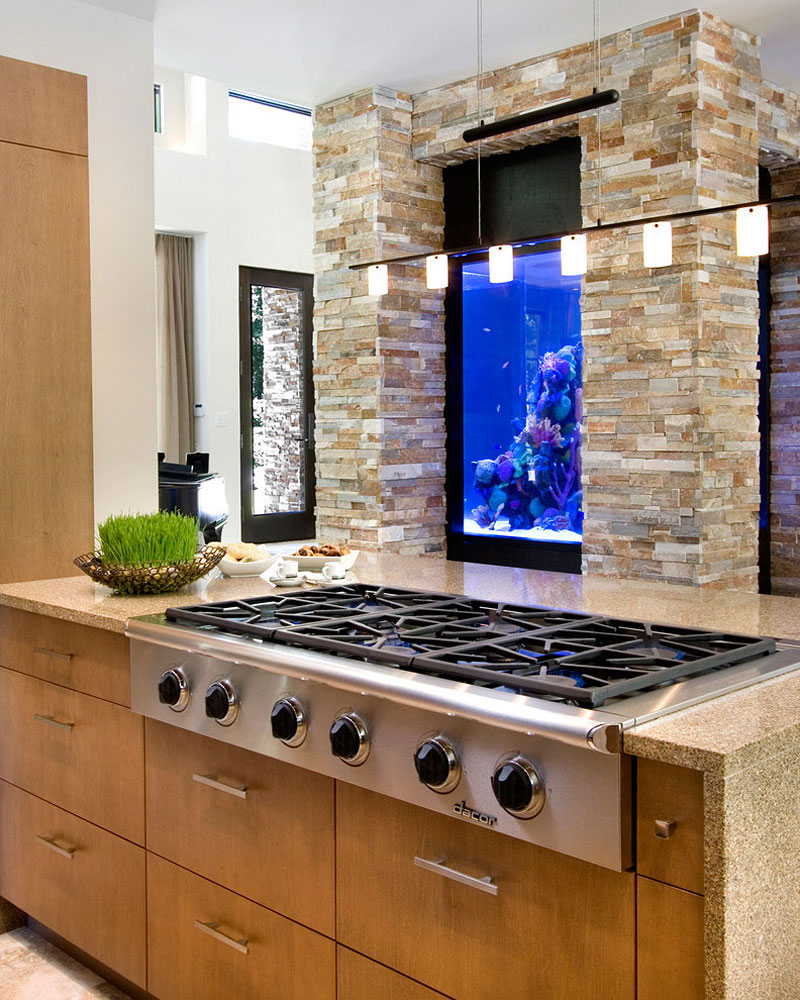
To clean the fish tank gravel , you can use aquarium siphons, or flexible plastic pipes. The later is best for smaller tanks. Learn how to properly siphon off the dirty water. Always make sure to use a bucket to collect the siphoning water, and place it right below the water level to save from messy spill. Create the vacuum effect to clean your aquarium pebbles, by first burying one end of the siphon or pipe deep into the tank gravel, and let out all the air inside the tube. Now, lock the mouth of the siphon and take out of the aquarium, to drain out the dirty water, and wastes along with it. Repeat the process by submerging the siphon at various areas of the gravel. You can also a Python vacuum system, which does not need a bucket, but you can just attach it to the faucet of your sink and it will siphon on its own.
Always remember to only partially clean the fish tank gravel. Do not let the water level to decrease more than two-third from full. You don’t want to clean off all the beneficial bacteria in your fish tank.

Replacing Aquarium Gravel
If you want to replace the aquarium gravel, it will definitely affect beneficial bacteria and micronutrients of the water. While the conflict continues on whether most beneficial bacteria resides on the gravel bed or the filter, the replacing of it certainly distresses the aquarium inhabitants.
Beneficial bacteria not just colonizes in the aquarium gravel, it also builds up in the toys, plants and suspended water. However, this does not have to be that you are forbidden to remove anything from your aquarium. You can redecorate if you like. It is better to follow some guidelines to cause the least disturbance possible to the biology of your little aquatic world.
It works the same way around when you first installed your aquarium. Get a blue print or plan of the entire things why you are changing the aquarium pebbles and how to replace them. Get a list of all the things and also the time you will need to complete the job.
It is best to relocate your aquarium inhabitants to a temporary home, which is as comfortable for them as possible. You can get a replication of the tank, in order to reduce the impact of the invasion.
The best time to change aquarium pebbles is a couple of days of later to your last filter change and tank clean up. This will allow the beneficial bacteria sometime to stabilize. Use a water test kit to test the nitrite and ammonia levels of the water, and ensure they are at a neutral level, before changing the gravel.
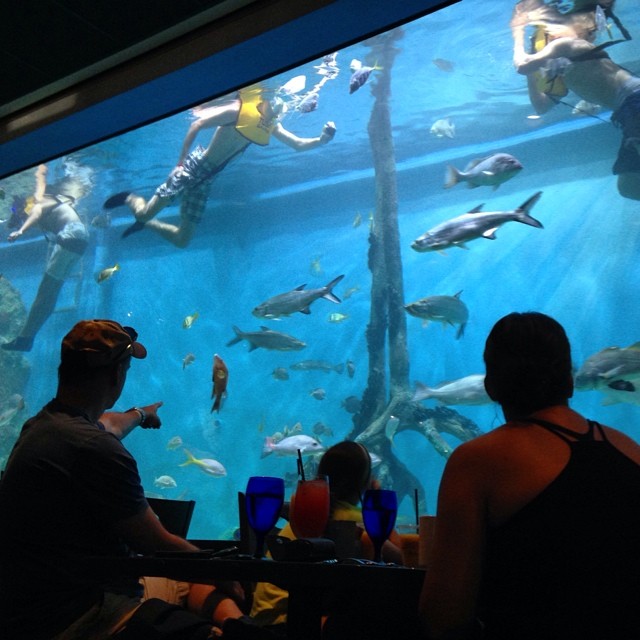
It is better to not feed the fish a day before the gravel change, as there will be lesser wastes. Place the holding tank as close as possible to the main tank, so that the fish stays the least time out of the water during the transferring. Try to finish the job in as less time as possible to cause the fish the least stress.
Rinse the new aquarium gravel beforehand, and rinse it until the water runs clear. When you are done with everything else, transfer a partial amount of the existing water in the main tank to the holding tank, followed by the hobby glass, the live plants and fish tank rocks (that you are not replacing), from the main tank and into the holding tank. The least amount of movement will help protect the beneficial bacteria. Also, using the water of the holding tank is will not need acclimation. Think wise, in ensuring that the holding tank has sufficient space to accommodate the entire contents of the main tank, and have ample room movement area for the fish. Use fishing net to transfer the aquarium inhabitants from the main tank to the holding tank, and cover the mouth, so that the fish do not flip outside the water.
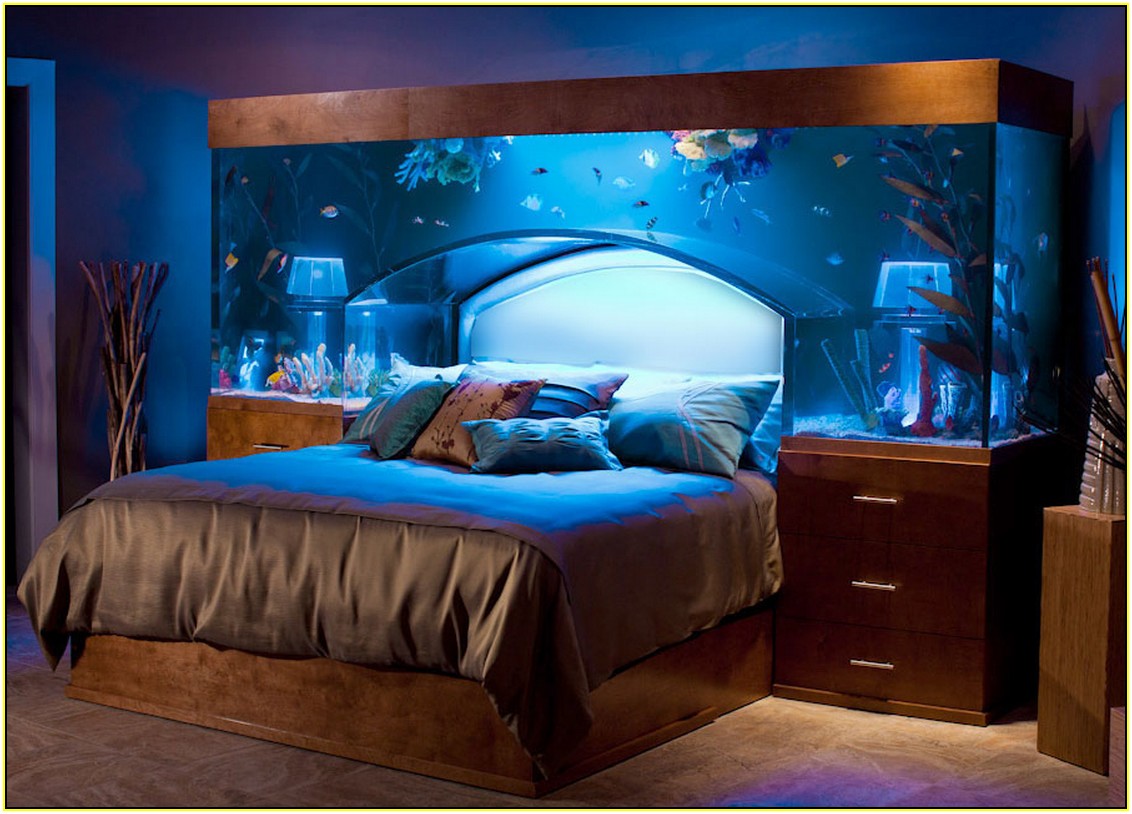
Next, remove the existing aquarium pebbles that you want to replace, and then vacuum any residual wastes. Turn on the filter to add sufficient treated water to the main tank, but do not fill the tank, as the water level will rise after adding the fish tank stones and other stuff.
Now it is finally time to replace the new aquarium gravel to the main tank that has been kept pre rinsed and ready. Ensure the right guidelines while adding the new gravel, as per the quantity, depth, and portioning with nutrient dust and sand.
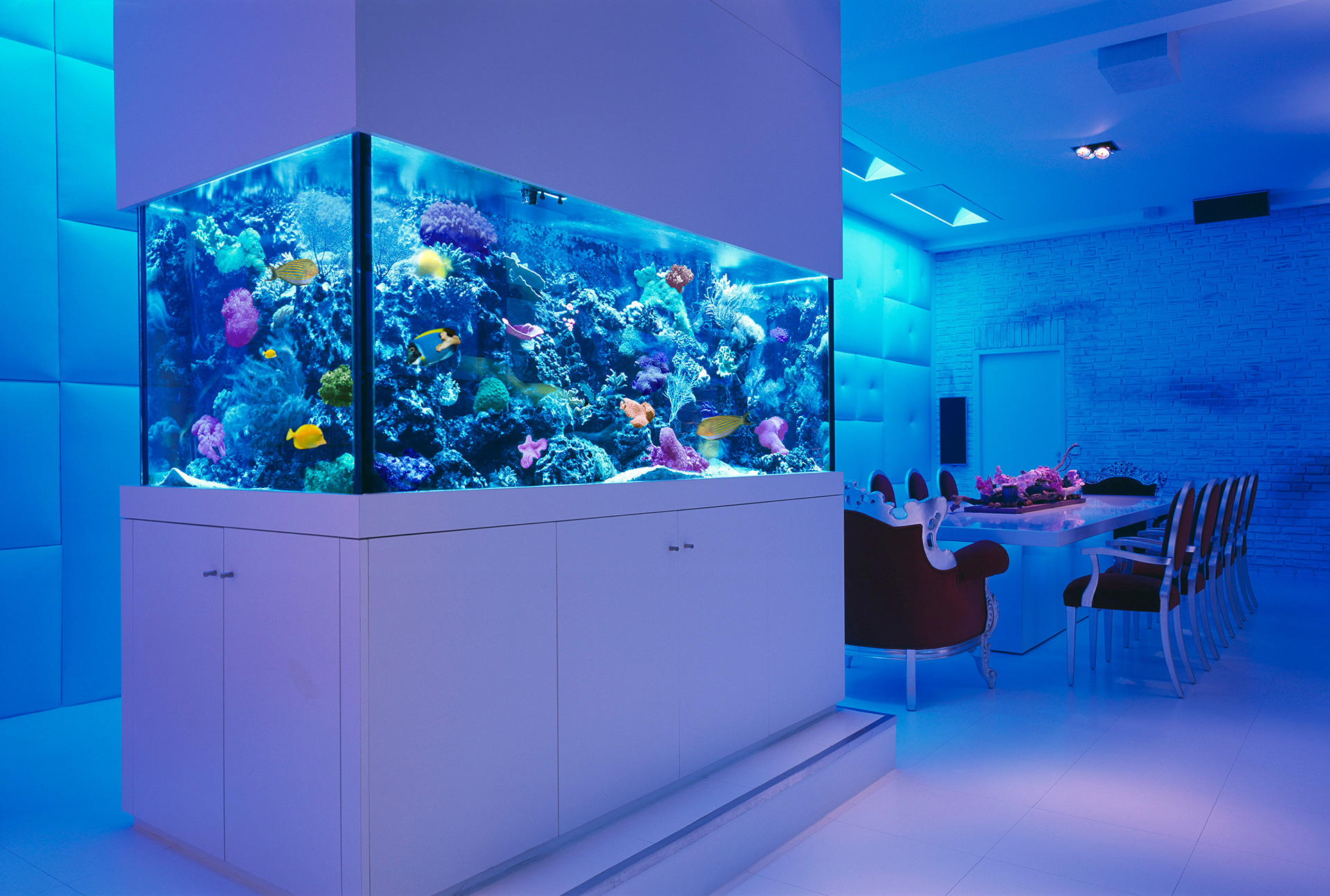
Once you have successfully placed all the gravel and substrate as pre-determined, then you transfer the articles in the holding tank one by one, first goes the hobby glass, aquarium pebbles and toys one by one, and transfer the fish in the end.
After you are done with all the transferring, turn the lights off for that day to reduce the stress of your fish. Half feed the fish on that day and then normally from the next day.
Once all this has been done, it is not end of the job; you also need to test the water with nitrite spikes and ammonia. It is well and good if you do not find any spikes, but always keep the test on, in days and week’s interval. If you find a spike, then treat them the same way you treated your fish tank the first time around. ‘

